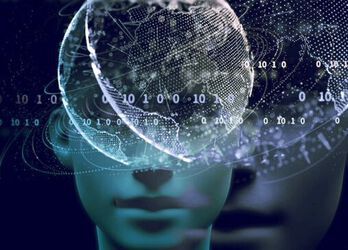Sensory and cellular determinants of place cells activation
In any given environment, a specific ensemble of cells in the hippocampus, called place cells, are active (each one coding for a specific location, their place field) among a larger population of silent neurons. This ensemble participates to the formation of a cognitive map, a mental representation of that environment which allows flexible navigation. Despite their fundamental role in navigation and memory, the mechanisms of place cells activation are not yet fully understood. At the network level, place cells integrate information from external sensory cues as well as self-motion cues that are difficult to disentangle in real environments. Further, the cellular mechanisms of place cells activation are difficult to study with extracellular recordings, which only capture the spiking output of neurons but not their synaptic inputs or intrinsic cellular properties. In this talk I will describe how virtual reality for rodents in combination with large-scale extracellular recordings or intracellular patch-clamp recordings can be used to gain insights into the determinants of place cells activation.
Short bio
Dr. Epsztein did his PhD thesis with Dr. Valérie Crépel at the Institute of Neurobiology of the Mediterranean Sea (INMED) in Marseille using slice electrophysiology to study the role of kaïnate receptors in glutamatergic synaptic transmission. He then joined the lab of Pr. Michael Brecht as a post-doctoral fellow at the Berstein Center for Computational Neuroscience in 2006 where he contributed to the development of a new technique to perform intracellular patch-clamp recordings of hippocampal cells in navigating animals. In 2008, he was appointed as a full-time researcher at INMED and started an independent research group in 2014. His group uses both intracellular and extracellular techniques to better understand spatial coding and memory at the cellular and circuit levels.
